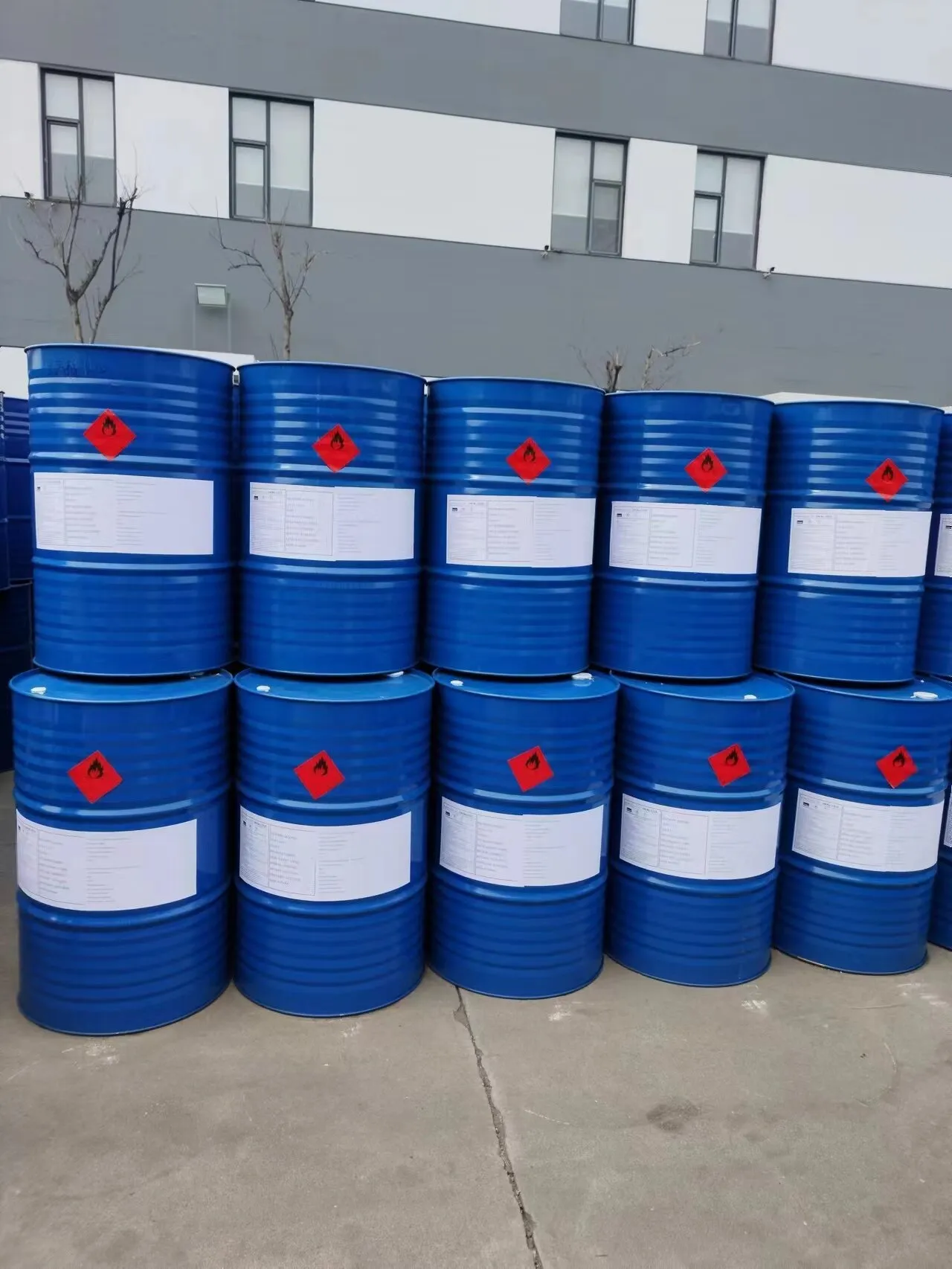
Current Market Trends for Sodium Metabisulfite Pricing and Supply Dynamics
Understanding the Price Dynamics of Sodium Metabisulfite
Sodium metabisulfite, a chemical compound with the formula Na2S2O5, plays a vital role in various industries, including food, pharmaceuticals, and photography. Known for its strong reducing and antioxidant properties, sodium metabisulfite is commonly used as a preservative, a bleaching agent, and an antioxidant. As demand for this compound rises, understanding the factors influencing its price is essential for businesses and consumers alike.
Factors Influencing Sodium Metabisulfite Prices
1. Raw Material Costs The primary inputs for producing sodium metabisulfite include sodium bisulfite and sulfur dioxide. Fluctuations in the prices of these raw materials directly influence the production cost of sodium metabisulfite. For instance, changes in the global supply and demand for sulfur can lead to price increases or decreases, impacting manufacturers' pricing strategies.
2. Production Capacity The production capacity of manufacturers also plays a crucial role in determining the price. If production facilities are running at high capacity, the supply of sodium metabisulfite may increase, leading to lower prices. Conversely, if production is hampered due to technical issues or limitations in raw material availability, prices are likely to rise.
3. Market Demand The demand for sodium metabisulfite can vary based on seasonal factors and industry needs. In the food industry, for example, demand peaks during harvest seasons when preservation is crucial. Similarly, the pharmaceutical and cosmetic industries may require sodium metabisulfite for specific products. Understanding these seasonal trends can help in forecasting price fluctuations.
sodium metabisulfite price

4. Regulatory Changes Sodium metabisulfite is subject to various regulatory frameworks, especially in the food industry, where it is used as a preservative. Changes in regulations can affect its usage, leading to shifts in demand that subsequently alter pricing. For example, stricter regulations on food additives may result in reduced demand, subsequently lowering prices.
5. Geopolitical Factors Global geopolitical events can also impact the availability and price of sodium metabisulfite. Tariffs, trade disputes, and economic sanctions may disrupt supply chains, resulting in price increases. Keeping an eye on global politics can provide insights into potential price hikes or declines.
Current Market Trends
As of late 2023, the market for sodium metabisulfite has seen moderate fluctuations in pricing. Reports suggest that the increasing demand from emerging markets, particularly in Asia-Pacific, is driving the price up. Moreover, advancements in production technologies have led to more efficient manufacturing processes, creating a competitive landscape that can help stabilize prices.
Conclusion
In summary, the price of sodium metabisulfite is influenced by a myriad of factors, including raw material costs, production capacity, market demand, regulatory changes, and geopolitical events. For businesses reliant on sodium metabisulfite, staying informed about these dynamics is crucial for strategic planning and operations. As both demand and production evolve, monitoring market trends will be essential in navigating the complexities of pricing in this important chemical sector.
-
Comprehensive Guide to Acetic Acid as Preservative: Benefits, Uses & Future TrendsNewsNov.24,2025
-
What Is a Food Additive? Global Insights, Applications & Future TrendsNewsNov.24,2025
-
968 Sweetener: The Modern Solution for Health-Conscious SweeteningNewsNov.23,2025
-
Discover the Benefits and Uses of 965 Sweetener (Erythritol) | Tenger ChemicalNewsNov.23,2025
-
961 Sweetener - A Next-Gen Sugar Alternative for Health and IndustryNewsNov.23,2025
-
Understanding 960 Sweetener: The Modern Sugar Alternative for Health and IndustryNewsNov.22,2025
-
Everything You Need to Know About 955 950 Sweeteners – Benefits, Uses, and TrendsNewsNov.22,2025
Hebei Tenger Chemical Technology Co., Ltd. focuses on the chemical industry and is committed to the export service of chemical raw materials.
-

view more DiethanolisopropanolamineIn the ever-growing field of chemical solutions, diethanolisopropanolamine (DEIPA) stands out as a versatile and important compound. Due to its unique chemical structure and properties, DEIPA is of interest to various industries including construction, personal care, and agriculture. -

view more TriisopropanolamineTriisopropanolamine (TIPA) alkanol amine substance, is a kind of alcohol amine compound with amino and alcohol hydroxyl, and because of its molecules contains both amino and hydroxyl. -

view more Tetramethyl Thiuram DisulfideTetramethyl thiuram disulfide, also known as TMTD, is a white to light-yellow powder with a distinct sulfur-like odor. It is soluble in organic solvents such as benzene, acetone, and ethyl acetate, making it highly versatile for use in different formulations. TMTD is known for its excellent vulcanization acceleration properties, which makes it a key ingredient in the production of rubber products. Additionally, it acts as an effective fungicide and bactericide, making it valuable in agricultural applications. Its high purity and stability ensure consistent performance, making it a preferred choice for manufacturers across various industries.





